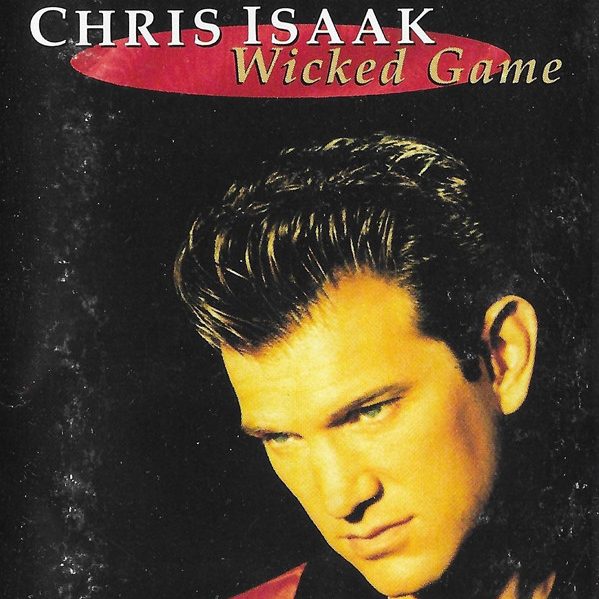Isaak again recorded “Game” with Silvertone among some tracks cut in 1988 at Berkeley, Calif.,-based Fantasy Studios. The team then adjourned to the now-defunct Dave Wellhausen Studios in San Francisco’s Sunset District, where they settled in and began cutting and pasting. Kenney Dale Johnson’s drum tracks were sampled into an Akai DD1000 sampler (Needham calls it an “ancient forerunner to Pro Tools”); then they began making loops and reinventing the groove.This is beginning to get really annoying — Heart Shaped World/Chris Issak;
“I’d been doing stuff with the early Eventide H3000s and other boxes,” Needham recalls. “Sampling was still in a primitive state, but we were making loops using samples and triggering them off MIDI. For ‘Wicked Game,’ the samples came from various 24-track outtake versions that we were never really happy with. We’d take six or seven different brush patterns and make loop patterns we could trigger off a MIDI note.”
Rowland Salley’s bass guitar tracks were also compiled from previously recorded versions of the song that were sampled. After samples were loaded into the Akai, MIDI tracks were built with Mark of the Unicorn (now MOTU) Performer software. Finished loops were dumped back to an MCI JH-24 analog 24-track on Ampex 456 tape at +6 level. Johnson then came back in to overdub cymbals. “As I remember,” remarks Needham, “we gave him a fake kick pedal so that he could feel like he was actually hitting something a little hard to play along with. We were trying to keep the live feel so it didn’t sound programmed, but it had that precision and regularity, which really helps make the verses work.”

Classic Tracks: Chris Isaak's "Wicked Game"
By Maureen Droney. Between that brooding, melancholy, impossibly romantic voice and languorous guitar, how could "Wicked Game" not become a hit?
www.mixonline.com
All of your state of the art playback equipment and you are mainly listening to primitive loops from samples triggered off MIDI. I wonder what “state of the art“ DAC was used to send them back to tape.
